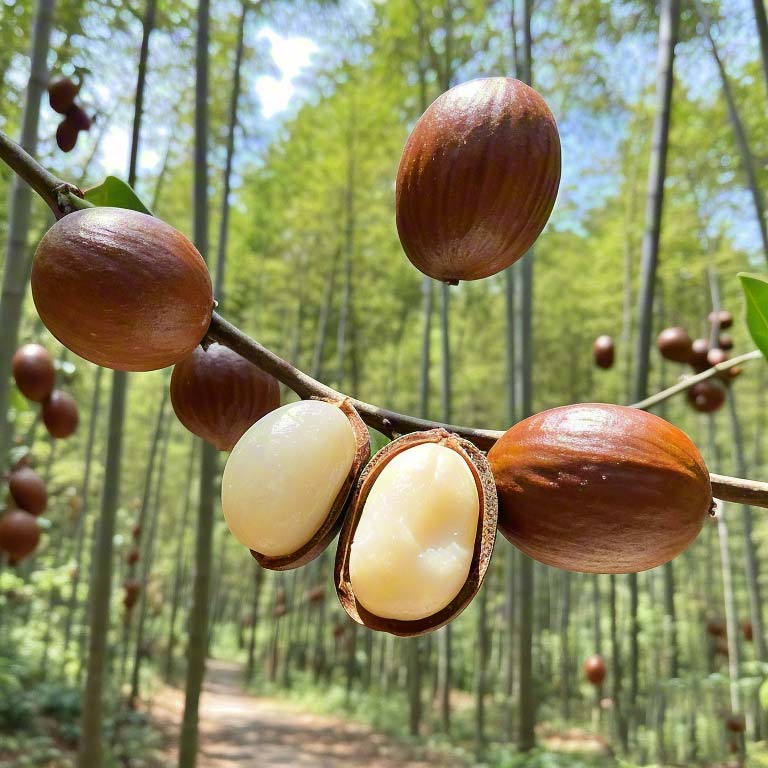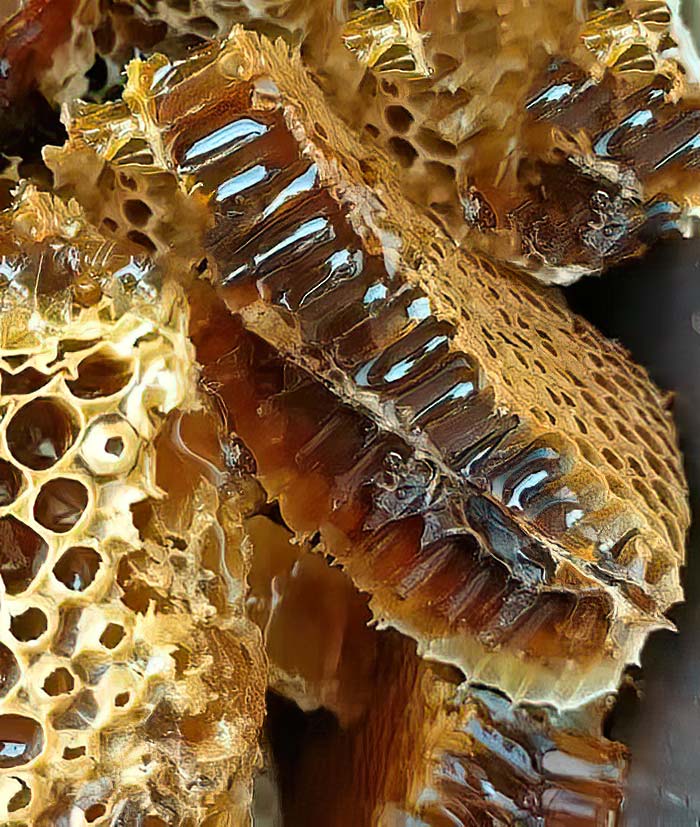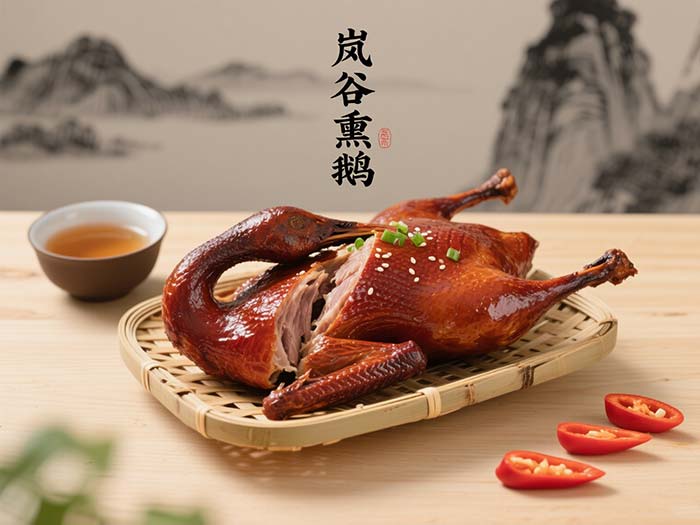在武夷山,拿棍子找靠山的行为源于当地流传千年的 “支山” 习俗,所用的木棍被称为 “支山棍”。
这一习俗有多种寓意:
健康祈福:老一辈有 “木棍支山腰腿不酸” 的说法,人们希望通过这种方式让家里的老人不会腰酸背痛,或者让已经有腰腿疼的老人能够早日康复。
祈求平安:传说古时候的人们用这种方法祈祷山神保佑,希望自己的家族能够顶天立地、繁荣昌盛。
象征有靠山:人们将棍子支在石缝中,寓意自己有了靠山,山神就能保佑自己和家人事事顺利。这也是一种心理上的寄托,希望在生活中遇到困难时能有贵人相助,遇难成祥。
此外,还有一种较为科学的说法,当发生山体灾害时,这些木棍会被折断并发出断裂的声音,从而警示人们请勿靠近,以免造成人员伤亡。

武夷山支山棍

武夷山支山棍

武夷山支山棍

武夷山支山棍
以下内容由AI翻译:
In Wuyi Mountain, the act of finding a backer with a stick originates from the local custom of “Zhishan” that has been passed down for thousands of years, and the wooden sticks used are called “Zhishan sticks”.
This custom has several meanings:
Health prayers: The older generation has a saying that “the wooden stick supports the mountainside and legs are not sore”, and people hope that in this way, the elderly at home will not have back pain, or the elderly who already have back and leg pain can recover as soon as possible.
Pray for peace: Legend has it that in ancient times, people used this method to pray for the blessing of the mountain gods, hoping that their families would stand tall and prosper.
Symbolizes having a backer: People put sticks in the cracks of the stones, which means that they have a backer, and the mountain god can bless themselves and their families with all the best. This is also a kind of psychological sustenance, hoping that when encountering difficulties in life, there will be noble people to help and become auspicious.
In addition, there is a more scientific saying that when a mountain disaster occurs, these sticks will be broken and make a breaking sound, so as to warn people not to approach to avoid casualties.
武夷山特产网 www.chinawys.com 合作请 联系我们
 武夷山特产
武夷山特产





















